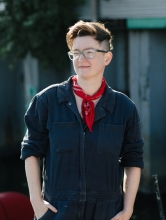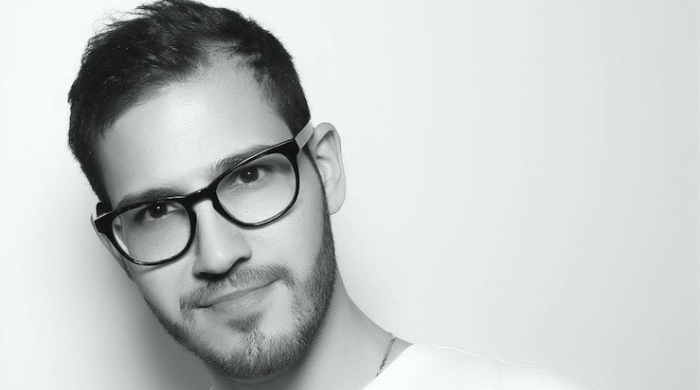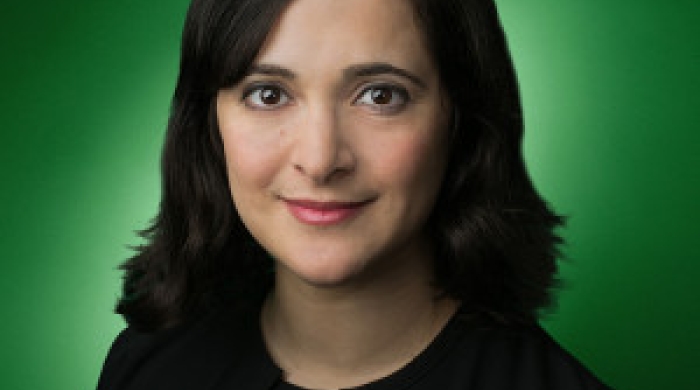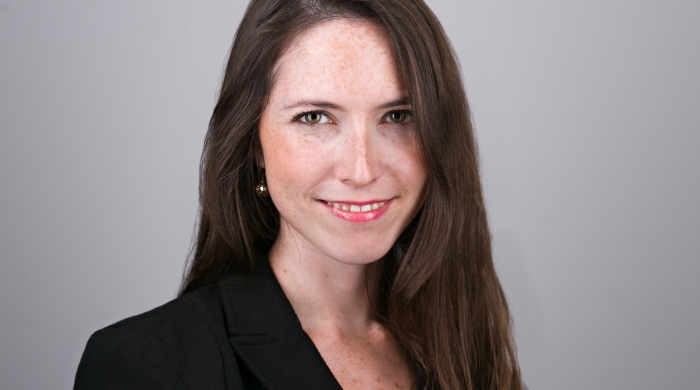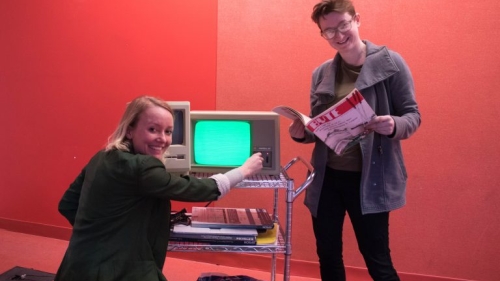
Tega Brain and Laine Nooney (from left to right)
Laine Nooney, assistant professor in the Department of Media, Culture, and Communication (MCC) and Tega Brain, assistant industry professor in the Tandon School of Engineering, teach History of Computing: How the Computer Became Personal.
Nooney, a cultural historian of video games and computers, and Brain, a media artist and engineer, designed the course as a way to for students to explore the culture, history, and aesthetics of the computer.
What can we learn from studying the history of computers?
LAINE NOONEY: Computing suffuses every corner of our lives. We send emails instead of making calls or writing letters; we organize our lives using specialized productivity software; we consume every form of entertainment digitally; we even find dates online. But we often presume this technology was inevitable, or destined to become what it is today. In our class, we show students how some norms of contemporary computing were influenced by political, economic and technological conditions from decades ago. And we show them examples of computer technologies that didn’t achieve wide acceptance as a way of helping them realize there were many other possible paths that weren’t followed.0
TEGA BRAIN: The class looks at the moment computing was made accessible to everyday people starting in the mid-1970s. This period produced a wide range of experimentation with what computing could be, and how it might exist in our lives. Many of our undergrads have grown up with smartphones. They didn’t have to teach themselves to code in order to make a Geocities page, nor have to learn how to replace the RAM in their machines. So, in this class we’re inviting hands-on experimentation with historic computing technologies to deepen our literacy on the context and condition in which personal computing came about and how to read this through design.
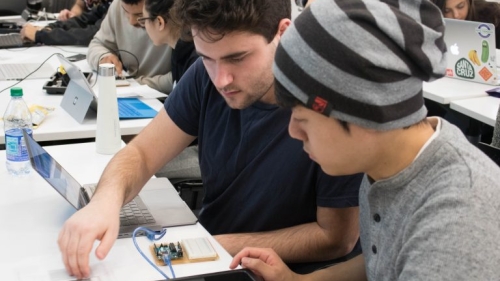
What do students learn by deconstructing a computer?
TEGA BRAIN: The history of computing is a story of the increasing opacity of computational technologies. Over time, these systems have become smaller and smaller, sealed off from users. Today, they arelargely hidden behind smooth standardized interfaces. Our class addresses this opacity by literally lifting the lid on historic machines and having students experiment with technologies and programming languages from key moments in computing history. When you put your hands on these components and see how their implementation is shaped by a particular time, place, and business model, it makes it easier to see how technologies are not fixed, but always open to being reworked and rethought.
How did you come to create this course?
TEGA BRAIN: The class came about from a conversation we had about media students often not having access to basic technical knowledge of computation, and digital media students not having access to the historical roots of these technologies. It seemed like a brilliant opportunity to try to weave both together by focusing on history from a cultural and technical perspective. We spend time looking at old technical manuals, advertisements, and also historic programming languages and hardware. In this way, we are trying to train students in historical thinking rather than presenting an interpretation of the past that is fixed.
LAINE NOONEY: I taught this class a couple of times as a solo course in MCC, and I always felt like students were struggling to understand the technical operation of these machines– binary, circuits, command lines. These weren’t topics I was necessarily best qualified to teach, but I felt students needed to understand this alongside the historical material. I approached Tega about applying for a team teaching grant from NYU’s Center for the Humanities. That grant offered us the space and startup funding to launch a class that couldn’t be taught anywhere else. Our skill sets are unique but extremely complementary, and this allows students to get the fullest possible picture of computing history.
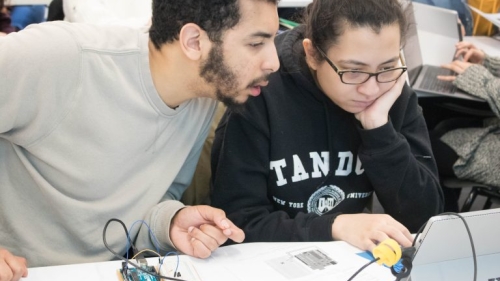
Laine, You have a doctorate in cultural studies and a graduate certification in women’s studies and gender studies. How did these roads lead back to gaming or were they connected always to gaming?
LAINE NOONEY: My background in cultural studies gave me a broad education across many humanities disciplines– history, literary studies, media studies, philosophy, art and aesthetics, and other fields. My gender studies background gave me a deep sensitivity to how the stories we tell about technology are driven by a narrow focus on male innovators and “famous” inventions. But this means we often don’t understand how people came to use and make sense of transformative technologies. I originally intended to write a dissertation on the history of the personal computer in domestic space, which would be a history that centered women, children, and non-technical users, rather than the standard story that fixates of a handful of men like Bill Gates or Steve Jobs. The more research I did, the more I realized computer gaming played a critical role in making people feel comfortable with computers– comfortable enough that they were willing to buy these machines and move them into their homes.
What are you currently working on?
LAINE NOONEY: Right now, I’m researching a part of my book on the rise of the home computer software industry industry in the early 1980s, so it is very connected with class. Very little has been written by professional historians about the history of personal computing. Every time I teach this class, I make new connections, or get to read new primary documents. In many cases, the arguments I’m making in class become the basis of original research. And the questions students bring to me help me see this topic fresh every time.
TEGA BRAIN: I’m learning so much about the design history of computing and how this informs the technical trajectory of these technologies.
Related Articles
“Coffee is Crucial”: An Interview with Jordan Cohen (BS ’11), The New York Times
Jordan Cohen (BS ’11) serves as Executive Director of Communications at The New York Times.
Questions about Google: An Interview with Valerie Streit (MA '06)
Valerie Streit (MA '06), a graduate of NYU Steinhardt's media ecology program, talks about her work life at Google.
Making an Impact through Public Relations: An Interview with Shalon Roth (BS '05)
Since her graduation in 2005, Shalon Roth has worked on the front lines of public relations and communications agencies.

